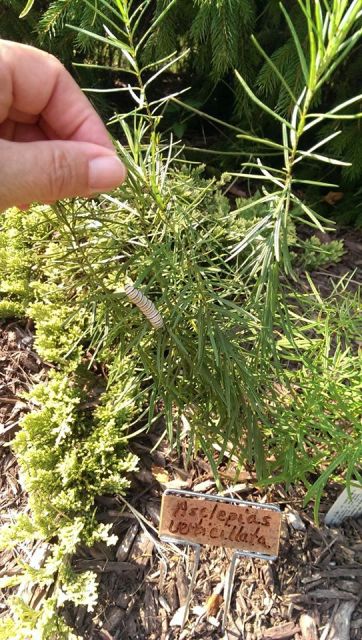Whether you're an experienced water gardener or just considering starting, we have an exciting weekend…
How to Grow and Care for Perennial Milkweed
Updated: February 28, 2024
Why don’t more commercial growers grow perennial milkweed?
- Milkweed seeds require vernalization (a period of exposure to cold before they are planted outside, or started in a greenhouse) for 3-6 weeks to germinate properly.
- Milkweed seeds take a long time to germinate and are extremely slow growing, so in a commercial greenhouse, they’re less commercially viable.
- It usually takes several years in the ground before a perennial milkweed plants looks full and bushy, which means that a young plant in a pot often looks thin and spindly, which is less attractive in a retail setting
- Milkweed is notorious for attracting aphids, so some growers are tempted to spray them with harmful chemicals

We’re excited to find Texas growers that can provide us with some organically grown perennial milkweeds: Asclepias viridis, A. verticillata, A. texana and A. incarnata.
Does your milkweed have aphids?
That’s actually a good sign that they have not been sprayed with anything that could harm Monarch or Queen caterpillars that feed on the plant. If you are sure there are no caterpillars on the plant, you can spray the aphids off with a hard stream of water or you can use an insecticidal soap to kill the aphids. Once you start seeing monarchs, in early spring or during fall migration (usually mid-September) do not spray with anything or you’ll kill the caterpillars too. Let nature take care of the aphids. Leave them alone and other critters will come to eat them.
Here are some ‘good bugs’ that will eat aphids:
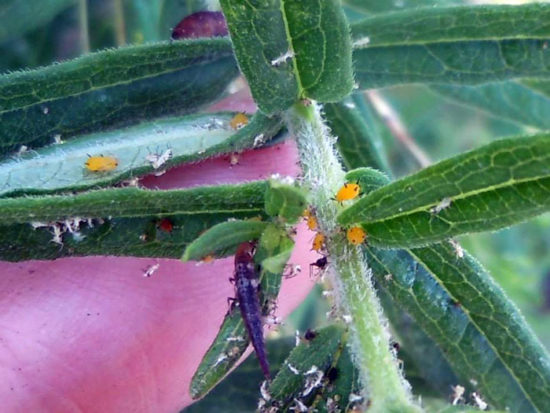
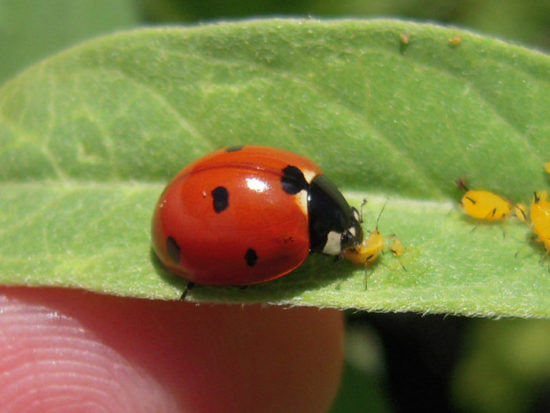
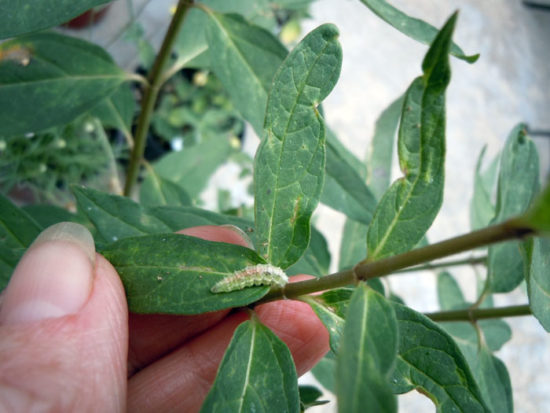
Enough about insects, let’s talk about the plants:
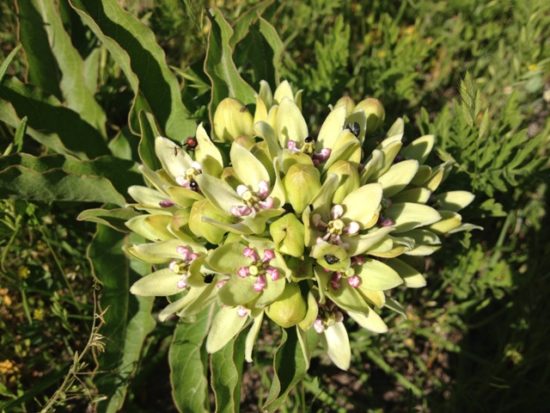
Green Antelopehorn milkweed (Asclepias viridis)
Green Antelopehorn is a common milkweed found from Kansas to Texas. It tends to be a little shorter than other perennial milkweeds (about 12 inches high) and has multiple branches coming from the plants crown. We love the chartreuse color! The leaves are wide and wavy.
Whorled Milkweed (Asclepias verticillata)
Whorled milkweed has slender leaves that are whorled around the stem and gets 1-3ft tall. It’s capped with tiny whitish-green flowers, and can bloom from May-September.
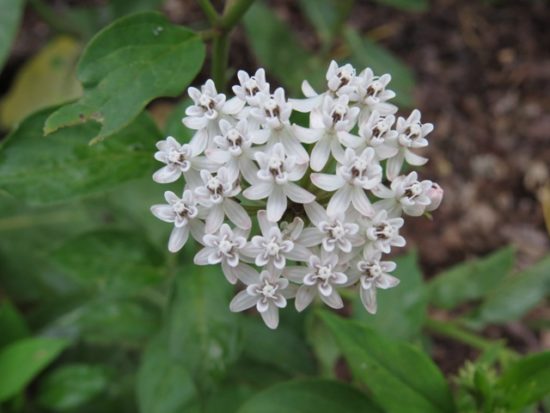
Texas milkweed (Asclepias texana)
Rarely seen in nature or in a garden center, this milkweed is a real gem. Bright, white snowball of tiny flowers top this beauty and it can stand 30 inches tall. A. texana is endemic to a few counties in Texas. Get them before they’re gone!
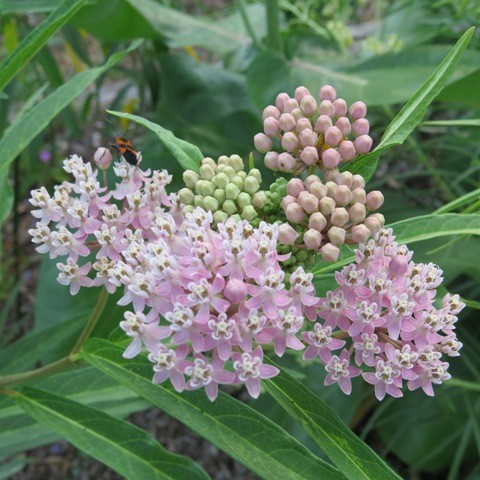
Swamp milkweed (Asclepias incarnata)
Deep pink clusters of small flowers top branches that can reach 2-4 feet tall. As the common name suggests, this milkweed prefers to stay on the moist side, while the others are very drought tolerant once they’ve established themselves in your garden.
We’re tremendously excited to have found sources for these native species.
Read more about milkweed availability
Get to NHG soon to get yours before they’re gone!


